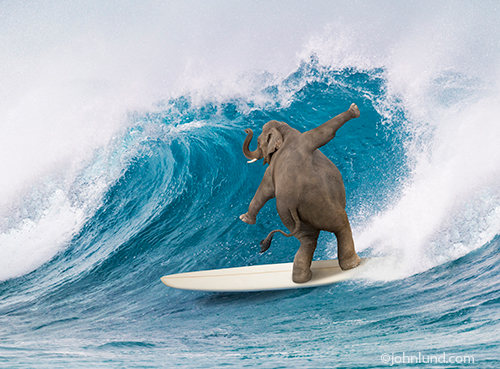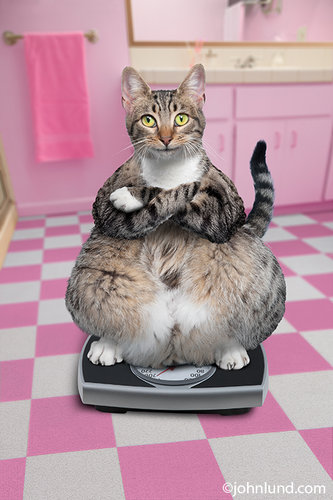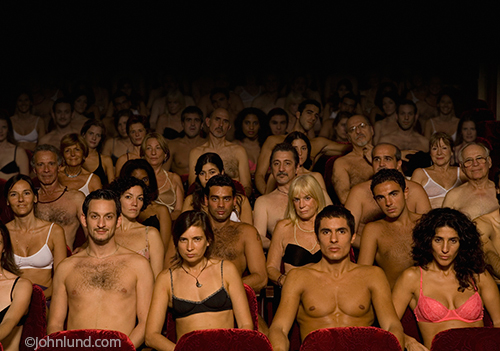by Carolyn Edlund
John Lund’s humorous photography has sold like hotcakes on a variety of products. He shares his experience to help other artists looking to establish careers.

In Part One of this two-part interview, John Lund discussed how he got his start and became such a successful photographer. In this conversation, he shares his advice for others in the same field.
AS: There are so many photographers out there trying to get some traction in their small businesses. Unfortunately, some are literally giving their work away just to get exposure. If you were to take a young photographer under your wing today, what would you give them as your best advice?
JL: If you want to make a living as a photographer, you are going to need bread and butter clients. You need people who are going to come back to you time and again. And you want those people to understand the value of what you’re doing and are willing to not just pay you to do it, but to give you the adequate resources you need to do the best possible job.
Generally, the people who are really penny-pinching and aren’t willing to pay you are the biggest problem clients. They are not going to be happy with anything. And your reputation is going to be “the person who works cheap” and you will end up having a hellacious time. You want the clients who are willing to pay for the best work. You are better off being a waiter on the side while you groom a client base that is worth having than you are taking willy-nilly whatever job comes to the door.
I think the number one thing is, because you are going to be labeled, you want that label to be on the high end of things. You want the resources; the money for the props, the time to do the best job. You need clients who are willing to help you do that.

AS: What about bidding on jobs?
JL: As far as estimates go, you don’t want to be the low bidder. I remember once I bid on a job for a ridiculous amount of money, something like $75,000 to do a job. I didn’t get the job, but I knew the guy who did. And I called him up and asked, “How much was your bid?” And he said, “$130,000.” And I thought “$130,000?!?”
So keep this in mind. Every time an Art Director does an ad, their job is on the line. They aren’t necessarily trying to get the best possible dollar, and in the long term, they want to look good. They want to hire the person who’s right for the job. It would behoove you to do an estimate that is very thorough.

AS: How do you recommend creating estimates that close the deal?
JL: I had a rep who was very good about this. She said “If you have expenses in there that are written out and justified, they can’t argue with you. If you have something vague, and you don’t have it all spelled out, they can ask you to knock money off here and there. If you are not fully understanding what’s involved, you are liable to do it and end up without adequate resources to do the job correctly.”
You want to do a thorough estimate that has all the contingencies mapped out. If you have a contractor to redo your bathroom, you’re going to hire the contractor who gives you the best value, not the lowest price. It is very important that as a photographer, you do the same thing and establish that value.
